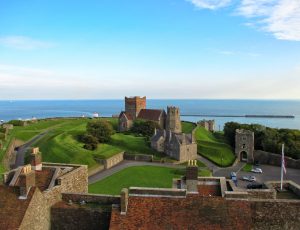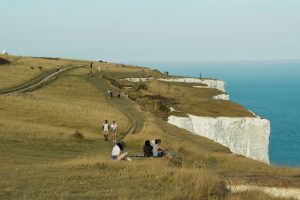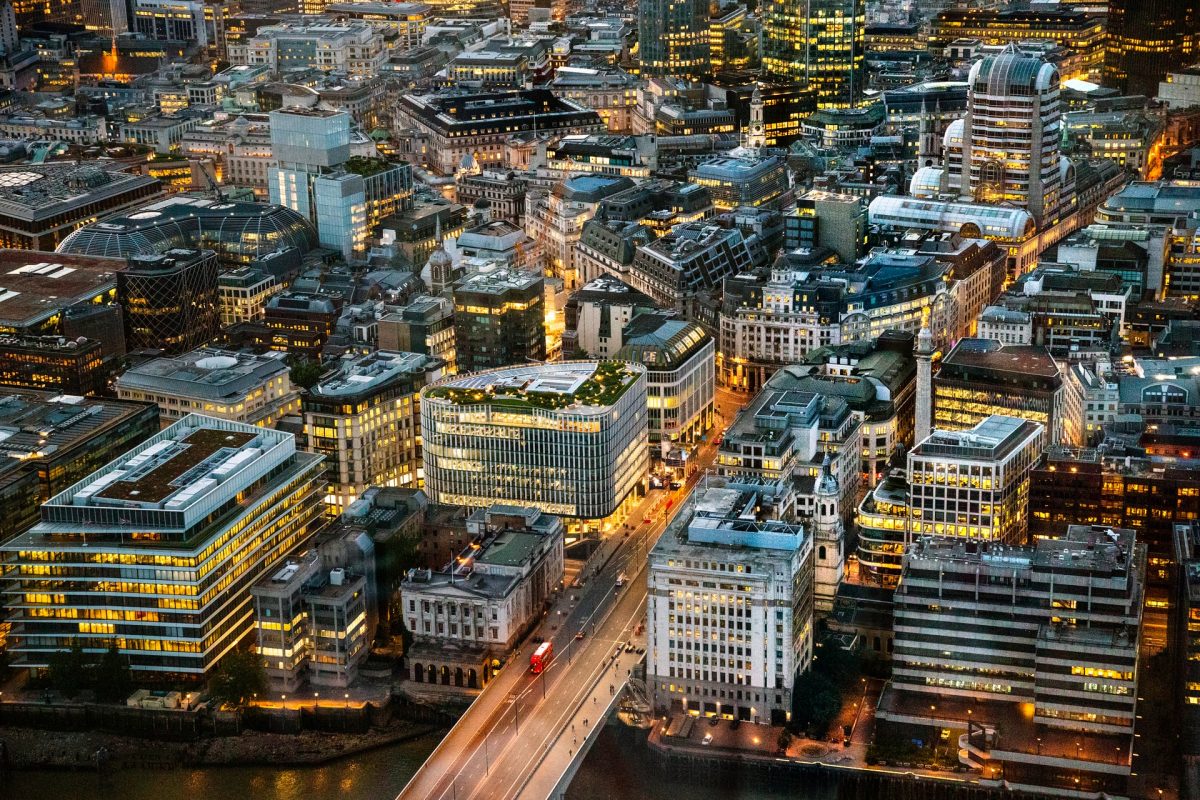There are so many places to live when you move to the United Kingdom, and although some have already planned where they are going to live, there are many who still have to make that decision once they are settled.
Many have made their home in the capital city of London and the surrounding southeast region. But there are a variety of exciting, prosperous cities and regions you may want to consider before you decide where to settle.
It’s not always an easy task, deciding where you want to settle as there are things to take into consideration such as work and if you have children that are still at school. It may be an idea to look at schools around the areas that you are looking at settling in, prior to moving over or when you have arrived.
Its easier nowadays having the internet, giving you the opportunty to research various schools in the area you have decided to move to even prior to leaving South Africa. You could even email schools that you are interested in to find out more information regarding the school and the process of enrolling your children.
It’s important to do your research before you move to the United Kingdom. When considering all the different factors such as cost of living, transport links, weather or culture. You will need to work out which ones are important to you and your family.

Street Check
Street check is a great site for information about property across the United Kingdom. It will also tell you a lot of what you need to know about an area.
All you need to do is type in the postcode or location of the area you would like information about.
Choosing where to live and commute times

- Commuter towns with sub-30-minute train journeys to London
- Where to live near London with short commute times
- London’s best commuter hotspots
- Commuting from outside of London
- London Commuter map
- Travel time
- UK commute times
Here is a bit about a few of the places in the United Kingdom, and you may also want to join our Facebook group where you can ask the question about a specific area you may be planning on moving to, and get opinions from others who may already live in that specific area.
How do I decide where to live?
London

London, the capital of England and the United Kingdom, is a 21st-century city with history stretching back to Roman times. At its centre stand the imposing Houses of Parliament, the iconic ‘Big Ben’ clock tower and Westminster Abbey, site of British monarch coronations. Across the Thames River, the London Eye observation wheel provides panoramic views of the South Bank cultural complex, and the entire city.
What is it like to live in London?
London is one of the world’s leading capitals, and it’s a stunning multicultural city that has pretty much everything you need.
London does have it all, and it can be quite a rat race, however if you enjoy a fast pace then you will more than likely enjoy living there.
London is very diverse and large, that living in different parts of London can feel like living in different cities .
London is full of restaurants and shops from all around the world. Have a look at some of the most famous & iconic places to eat in London.
You really shouldn’t have a problem finding a job in London. It may not be your dream job, but at least it will bring in an income while you look for something more suited to you.
Sadly London lost a lot of its historical buildings in the Great Fire of 1666 and then during WWII, when German forces bombed London. However it still has plenty of historical buildings to visit.
Discover some of the Most Historic Buildings In London
- Tower Bridge
- Tower of London
- Buckingham Palace
- Windsor Castle
- British Museum
- Palace of Westminster
- Big Ben
- Westminster Abbey
- Natural History Museum
- St. Paul’s Cathedral
- Churchill’s War Rooms
Schools and education in London
London is a leading global educational centre, having one of the largest populations of overseas students of any city in the world.
Public schools in London are a huge part of the education system.
In the UK, public schools are also called state schools, because they are government-funded , as opposed to private schools, which are funded by school fees, usually paid by the parents.
All schools and colleges in City of London
Derby

Derby is an English city on the banks of the River Derwent in Derbyshire. The Derby Silk Mill Museum of the industry lies in the Derwent Valley. West of the river is the Derby Museum and Art Gallery, home to Joseph Wright paintings, and Gothic Derby Cathedral. Southeast along the river, Derby County Football Club plays at the iPro Stadium. In the northwest, Markeaton Park offers a craft village and a boating lake.
What is it like to live in Derby?
Derby is a well-connected commuter hub on the border of the Midlands and the North of England, it has plenty of perks in its own right, and is a really nice city to live in.
Derby is surround by beautiful countryside, and has plenty of bars and pubs.
Being one of the UK’s most central cities, there are some great transport links.
The city is home to 3 train stations, with Derby Station being the main hub just a short walk from the city centre. You can reach London by fast train in just 1 hour 46 minutes, Leeds in 1 hour 19 minutes and Birmingham in just 45 minutes.
There are also loads of family friendly activities to keep the kids happy, which Derby the ideal mid-size city for people of all ages.
Derby property prices
Derby has an excellent selection of local primary and secondary schools
All schools and colleges in Derby
Things to do in Derby
- Derby CAMRA Winter Ale Festival
- Darley Park
- Derby Museum and Art Gallery
- Markeaton Park
- Pickford’s House
- Derby Cathedral
- Bluebell Dairy Farm
- East Midlands Aeropark
- Locko Park
- Derbion
- Pride Park Stadium
- Famous Trains Model Railway
- Derby Theatre
Surrey

Surrey is a county in South East England which borders Kent to the east, East Sussex to the southeast, West Sussex to the south, Hampshire to the west, Berkshire to the northwest, and Greater London to the northeast.
- Surrey Attractions
- Schools in Surrey
- Moving to Surrey
- Things to do in Surrey
- Surrey Hills
- 10 Best places to live in Surrey
- Properties to rent in Surrey
- Pet-friendly rentals Surrey
- Pawsitively wonderful pet-friendly rentals
Lincolnshire

Lincolnshire is a county in the East Midlands of England, with a long coastline on the North Sea to the east.
- What it’s like to live in Lincolnshire
- About Lincolnshire
- Schools in Lincolnshire
- House prices in Lincolnshire
- Living in Lincolnshire
- Property to rent in Lincolnshire
- Pet-friendly rentals Lincolnshire
- Pet-friendly rentals
Manchester

Manchester is a major city in the northwest of England with a rich industrial heritage. The Castlefield conservation area’s 18th-century canal system recalls the city’s days as a textile powerhouse, and visitors can trace this history at the interactive Museum of Science & Industry. The revitalized Salford Quays dockyards now house the Daniel Libeskind-designed Imperial War Museum North and The Lowry cultural center.
- Living in Manchester
- About Manchester
- 10 Best things to do in Manchester
- Schools in Manchester
- Property to rent in Manchester
- Pet-friendly rentals manchester
- Pet-friendly rentals
Bicester

Bicester is a town and civil parish in the Cherwell district of northeastern Oxfordshire in Southern England. Between 1951 and 2001 this historic market centre was one of the fastest-growing towns in Oxfordshire.
Bicester Village, a luxury outlet shopping mall, is among the most popular tourist destinations in England
- Why Does Everybody Love Bicester Village, England’s Famous Luxury Outlet Mall?
- A Brief History Of Bicester
- Bicester village
- 15 Best Things to Do in Bicester
- Bicester Guide
Hertfordshire

Hertfordshire is one of the home counties in southern England. It is bordered by Bedfordshire and Cambridgeshire to the north, Essex to the east, Greater London to the south, and Buckinghamshire to the west. For government statistical purposes, it is placed in the East of England region.
- About Hertfordshire
- Where to live in Hertfordshire
- Living in Hertfordshire
- Properties to rent in Hertfordshire
- Pet-friendly rentals in Hertfordshire
Bedfordshire

Bedfordshire is a county in the East of England. It is a ceremonial county and a historic county, covered by three unitary authorities: Bedford, Central Bedfordshire, and Luton.
- Living in Bedfordshire
- Life in Bedfordshire
- Outdoor activities in Bedfordshire
- Experience Bedfordshire
- Schools in Bedfordshire
- Property rentals in Bedfordshire
- Pet-friendly rentals
Cambridgeshire

Cambridgeshire is a county in the East of England, bordering Lincolnshire to the north, Norfolk to the north-east, Suffolk to the east, Essex and Hertfordshire to the south, and Bedfordshire and Northamptonshire to the west. The city of Cambridge is the county town.
- Move to Cambridgeshire
- Things to do and see in Cambridgeshire
- Living in Cambridgeshire
- Expat community in Cambridge
- Schools in Cambridgeshire
- Property rentals Cambridgeshire
- Properties to rent in Cambridgeshire
- Some pet-friendly rentals in Cambridgeshire
Milton Keynes

Milton Keynes is a large town in Buckinghamshire, England, about 50 miles north-west of London. At the 2011 Census, its population was almost 230,000; the Office for National Statistics estimates that it will reach 300,000 by 2025.
- Living in Milton Keynes
- The benefits of living in Milton Keynes
- Schools in Milton Keynes
- Things to do in Milton Keynes
- Property rentals in Milton Keynes
- Pet-friendly property rentals
- Transport
Richmond

Richmond is an affluent residential district bordering the River Thames. Tranquil Kew Gardens attracts botanical enthusiasts and families with its huge Arboretum, 17th-century Kew Palace, and panoramic views from its Treetop Walkway. Herds of deer roam Richmond Park, a popular picnic spot. The Quadrant main street and nearby roads have eclectic shops, casual and upscale dining, and performances at Richmond Theatre.
- Guide to homes, schools and transport links
- Living in Richmond
- Thinks to do in Richmond
- Local life
- Transport
- Schools in Richmond
- Property rentals in Richmond
Somerset

Somerset is a county in South West England which borders Gloucestershire and Bristol to the north, Wiltshire to the east, Dorset to the south-east and Devon to the south-west. It is bounded to the north and west by the Severn Estuary and the Bristol Channel, its coastline facing southeastern Wales.
- Life in Somerset
- Living in Somerset
- Things to do in Somerset
- Places to visit in Somerset
- Property rentals in Somerset
- Schools in Somerset
Bristol

Bristol is a city straddling the River Avon in the southwest of England with a prosperous maritime history. Its former city-centre port is now a cultural hub, the Harbourside, where the M Shed museum explores local social and industrial heritage. The harbour’s 19th-century warehouses now contain restaurants, shops and cultural institutions such as contemporary art gallery The Arnolfini.
- Moving to Bristol
- Complete guide to living in Bristol
- Things to do in Bristol
- 10 Best things to do in Bristol
- Property rentals in Bristol
- Schools in Bristol
Maidenhead

Maidenhead is a market town in Berkshire, England, on the southwestern bank of the River Thames. It has an estimated population of 69,420. It is part of the Royal Borough of Windsor and Maidenhead and the fourth largest town in Berkshire, forming part of the border with southern Buckinghamshire.
- Living in Maidenhead
- Things to do in Maidenhead
- Activities in Maidenhead
- Property rentals in Maidenhead
- Schools in Maidenhead
Google Street View
Google Street View is a technology featured in Google Maps and Google Earth that provides interactive panoramas from positions along many streets in the world. It was launched in 2007 in several cities in the United States, and has since expanded to include cities and rural areas worldwide.



Some useful links about where to live in the UK.
- Some of the best places to live in the UK
- 5 Places to live in the UK
- Best places to live and work in the UK
- Top 20 prettiest places to live in Britain
















